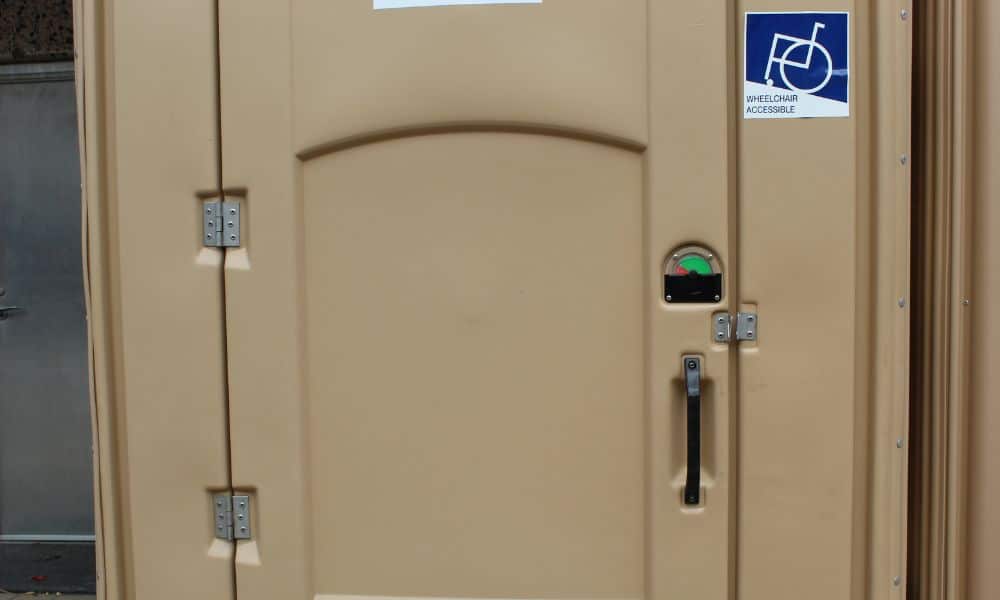It’s important to understand the necessity of handicap-accessible restrooms and their purpose. They help those with disabilities and accommodate them for specific care that other restrooms don’t provide. But there are some misunderstandings surrounding them at times. Here are a few common misconceptions about handicap-accessible restrooms.
Aren’t Accessible
Don’t believe the misconception that handicap-accessible restrooms are few and far between. The Americans with Disabilities Act has made it its mission to prevent this. Buildings and outdoor events must have handicap-accessible restrooms within their facilities or areas.
There’s a set minimum requirement for structures and events. At an outdoor event, there must be one portable restroom available for every 25 attendees. Commercial properties are a little trickier. The requirements depend on the capacity of occupants inside the building.
Need Less Maintenance
Handicap-accessible restrooms require the same amount of maintenance as other restrooms. Some make the mistake of thinking their lower frequency of use means they don’t need the same amount of care. That’s not true.
For starters, people who don’t struggle with disabilities use these restrooms too. This is true whether they’re indoors or outdoors. You’ll need to ensure these restrooms are in working order as well. Do your due diligence in cleaning them properly and maintaining the supplies inside the unit, especially when it comes to a handicapped porta potty.
Only Require a Label
Simply placing a label indicating a restroom is for people with disabilities doesn’t make it a handicap-accessible bathroom. There are specific requirements you’ll need to adhere to. In an ADA-compliant restroom, there needs to be enough room for a wheelchair to enter and maneuver inside.
- The entry door needs to be 42 inches wide.
- The toilet needs to be 60 inches wide.
- The grab bars need to be 42 inches high on the side of the toilet and 36 inches high on the rear wall.
- The bathroom needs to have a 60-inch space.
Without these, the restroom in question is just a regular bathroom that doesn’t assist those with disabilities.
Here at Floods Royal Flush, we’re experts in debunking misconceptions about handicap-accessible restrooms and regular ones too. We can help you out if you need porta potties. For more information, visit our website.


